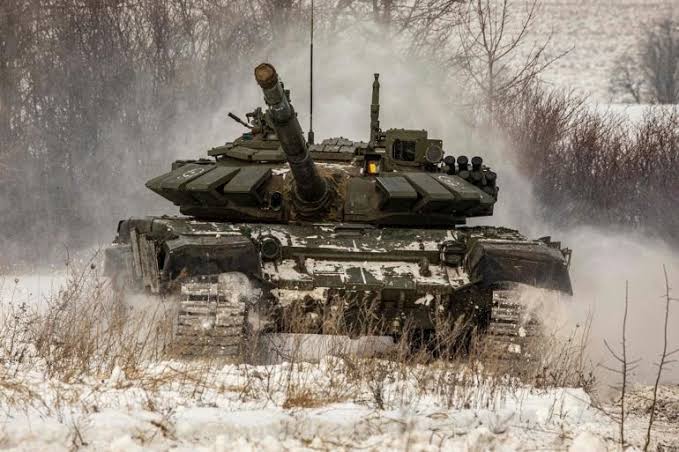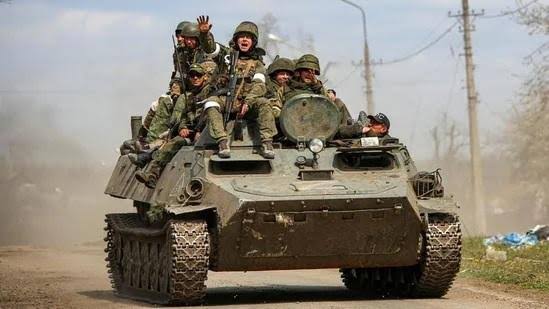Russia launched a massive assault on Ukraine on Monday, deploying around 200 missiles and drones. The strikes resulted in the deaths of five people and caused significant damage to energy facilities across the country, according to Ukrainian officials. The attack led to widespread power cuts and water supply outages, including in parts of Kyiv. The assault, which occurred 2-1/2 years into Russia’s full-scale invasion, targeted critical infrastructure in at least 10 regions.
Strategic Targeting of Energy Infrastructure
The recent attack is part of a broader pattern of intensified strikes on Ukraine’s power grid, which began in March. Ukrainian officials believe these strikes are part of a calculated effort by Russia to weaken the country’s energy infrastructure before the onset of winter, a time when the demand for electricity and heating is at its peak. This strategy is designed to inflict maximum disruption on civilian life and to test the resilience of Ukraine’s energy systems under prolonged strain.
The Scale and Impact of Monday’s Assault
Monday’s missile and drone barrage was one of the most intense in recent weeks. It comes at a critical time when Ukrainian forces are making strategic advances, including a significant cross-border incursion into Russia’s southern Kursk region. Meanwhile, Russian forces continue to advance in eastern Ukraine, particularly towards the transport hub of Pokrovsk.
The intensity of Russia’s attacks on Ukraine’s infrastructure appears to be aimed at undermining the country’s war effort by eroding civilian morale and overburdening its infrastructure. By targeting energy facilities, Russia is not only trying to disrupt daily life in Ukraine but also to weaken the logistical and operational capabilities of the Ukrainian military.

Ukrainian President Volodymyr Zelenskiy addressed the nation via Telegram, describing the strike as one of the biggest combined assaults to date, involving over a hundred missiles of various types and a similar number of Shahed drones. He condemned the attack as a “sneaky” assault on civilian infrastructure, reflecting the broader Russian strategy of targeting non-military facilities to weaken Ukrainian morale and functionality.
Poland’s Airspace Violation
In a related development, Poland, a NATO member, reported that an “object,” most likely a drone, had entered its airspace. The Polish military has launched a search operation, though it remains unclear whether the drone landed on Polish territory. Jacek Goryszewski, a spokesperson for the Polish army’s operational command, suggested that the object’s trajectory and speed indicate it was not a missile. This incident raises questions about the security of NATO airspace and the risks of the conflict spilling over into neighboring countries, which could trigger a broader international response. NATO’s response to this incursion will be closely watched, as it could influence the future course of the war.
Regional Damage and Humanitarian Impact
According to Ukrainian Prime Minister Denys Shmyhal, the missile and drone barrage caused damage in 15 Ukrainian regions. The extensive damage to the energy sector is particularly concerning as Ukraine prepares for the winter months. Zelenskiy noted that the energy sector had sustained “a lot of damage,” highlighting the ongoing vulnerability of Ukraine’s critical infrastructure to Russian attacks.
The humanitarian impact of these strikes is significant. Power cuts and water supply disruptions in many areas, including major cities like Kyiv, pose serious challenges for civilians. As winter approaches, the ability of the Ukrainian government to maintain basic services in the face of continued Russian aggression will be crucial.
In summary, Monday’s attack is a stark reminder of the ongoing volatility of the conflict and the severe humanitarian and strategic challenges facing Ukraine as it continues to defend against Russian aggression.





![The Benin, Togo Universities Qualified to Admit Nigerian Students [FULL LIST]](https://federalcharacter.com/wp-content/uploads/2024/08/images-29-5-75x75.jpeg)











